An interesting thing happened the other day, call it the universe aligning. I was playing pickleball with a few friends in my new Reebok Nano Court shoes and I remember getting a YouTube comment asking about pickelball shoes for training.
I’m a big believer in using the right tools [shoes] for the job, but I’m also a frugal guy who is conscious of not spending money on things I don’t need. Insert the idea of using pickelball shoes for training.
I think, at times, we forget that shoes like pickleball shoes make for great workout shoes. Think about it, pickleball shoes are basically designed for cross-training.
They have midsoles with a medium density, good upper security, and adequate traction, all components needed for digs, cutting side to side, and obliterating opponents. In short, pickleball shoes can be great for training, but if you’re like me and enjoy nerding out about shoes, read on.
Benefit 1: Relatively Stable Midsoles
Midsole Composition
One of the standout features of pickleball shoes is their medium-density foam midsole. This midsole provides a perfect balance between stability and cushioning.
For gym-goers, this means that the shoes are not too soft to compromise lateral stability and not too hard to feel uncomfortable during extended wear. In most pickleball shoes, you can train well up to 405 lbs in without stability issues compromising your balance and form.
- Why It’s Good: Stability and Cushioning. The medium-density foam midsole supports a wide range of activities, from heavy lifting to plyometrics.
- Ideal For: Cross-training and strength training. Whether you’re squatting, jumping, or running, the midsoles used in most pickleball shoes offer the right mix of support and flexibility.
Benefit 2: Good Upper Security
Sidewall Structure
Pickleball shoes are designed with robust lateral support to handle the rapid changes in direction typical of the sport. This feature translates well to the gym, where similar movements are often required.
For example, this can be great if you’re doing HIIT workouts where you’re tackling skater strides or side-to-side work. On top of this, most pickelball shoes have reinforced layers which can prolong their long-term durability in the gym.
- Why It’s Good: Enhanced Security and Stability. The lateral sidewall support helps stabilize your foot during multidirectional movements and explosive exercises like box jumps.
- Ideal For: HIIT and classes. Many users find that pickleball shoes offer better upper security than traditional cross-training shoes, making them a solid choice for high-intensity interval training (HIIT) and other demanding workouts.
Benefit 3: Great Outsole Traction
Full Grippy Rubber Outsoles
The outsole of pickleball shoes is typically made from full rubber or features significant rubber sections. This provides excellent traction on various surfaces found in gyms, including turf, rubber floors, and wooden platforms.
- Why It’s Great: Optimal Grip. The rubber outsole ensures maximum grip, which is crucial for stability during exercises that involve quick starts and stops.
- Ideal For: Pretty much everything. The superior traction makes these shoes suitable for a wide range of gym activities, enhancing both performance and safety.
Drawback 1: Limitations for Maximal Stability
Stack Height and Heel Bevel
While pickleball shoes excel in many areas, they do have some limitations, particularly when it comes to maximal stability for heavy lifting. Since most pickleball shoes have some heel bevelling and aggressive toe spring, they can fall short for things like squats.
On top of this, some pickleball shoes can have higher stack heights which can also tank their ability to optimally perform for exercises like deadlifts and contexts where you want more feedback from the ground.
- Higher Stack Height: The increased stack height can lead to a less stable platform for exercises like heavy squats and deadlifts.
- Heel Bevel: The beveled heel, designed for athletic movements, can reduce the feeling of being planted when lifting heavy weights.
Drawback 2: Comfort Can Lack for Monotonous Training
Suitability for Running
Pickleball shoes are not designed for long-distance running. They can handle short runs, but their dense construction can become uncomfortable over extended distances.
- Short Bouts of Running: While they perform well in short runs, they may feel too dense and heavy for longer distances.
- Durability: Using pickleball shoes for long-distance running can accelerate wear and tear, as they are not built for the sustained impact of such activities.
Conclusion
Pickleball shoes offer significant advantages for gym training, especially in terms of versatility, lateral support, and traction. However, they can fall short when it comes to providing maximal stability for heavy lifting and comfort for long-distance running.
If you’re looking for a single pair of shoes that can handle both pickleball and a variety of gym activities, pickleball shoes can be a practical and effective choice

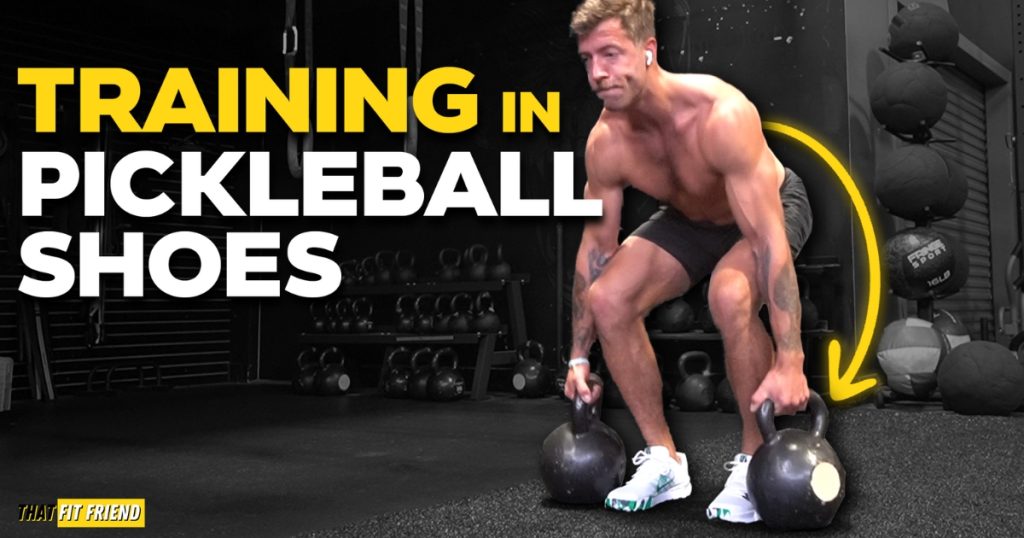
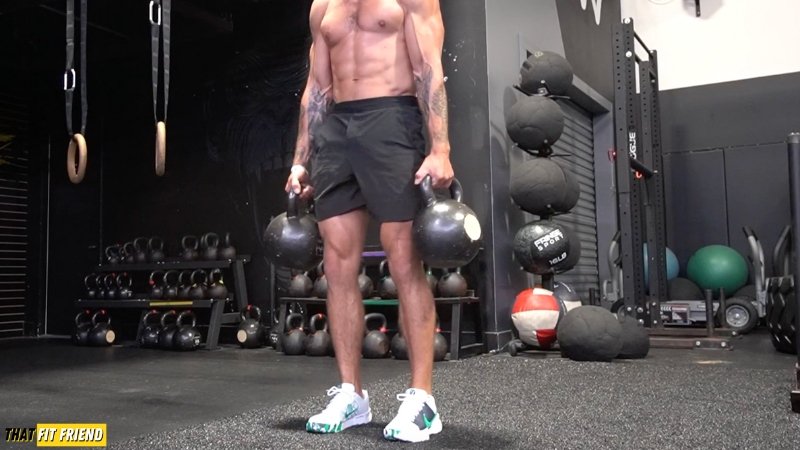

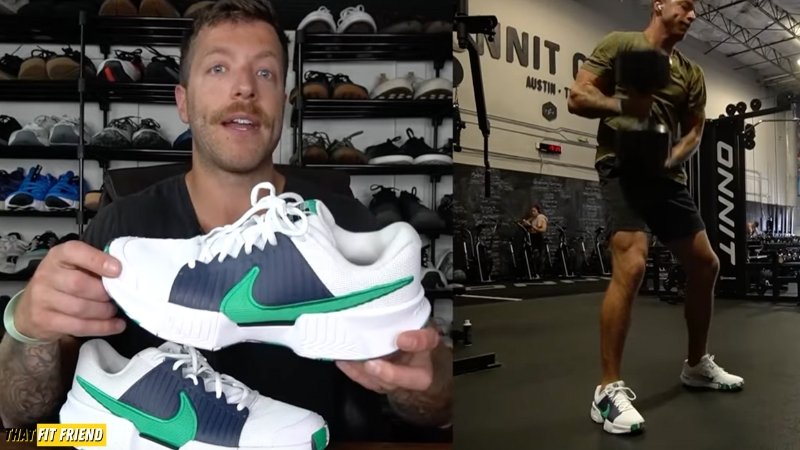
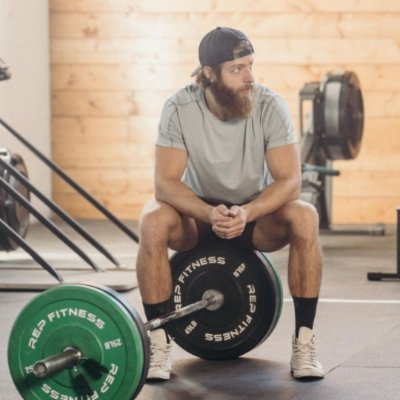

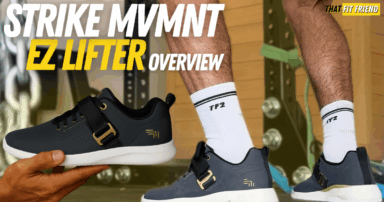
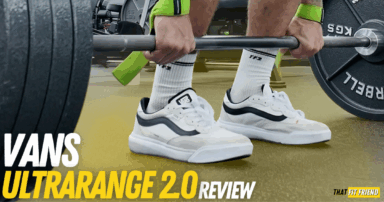

Add a Comment